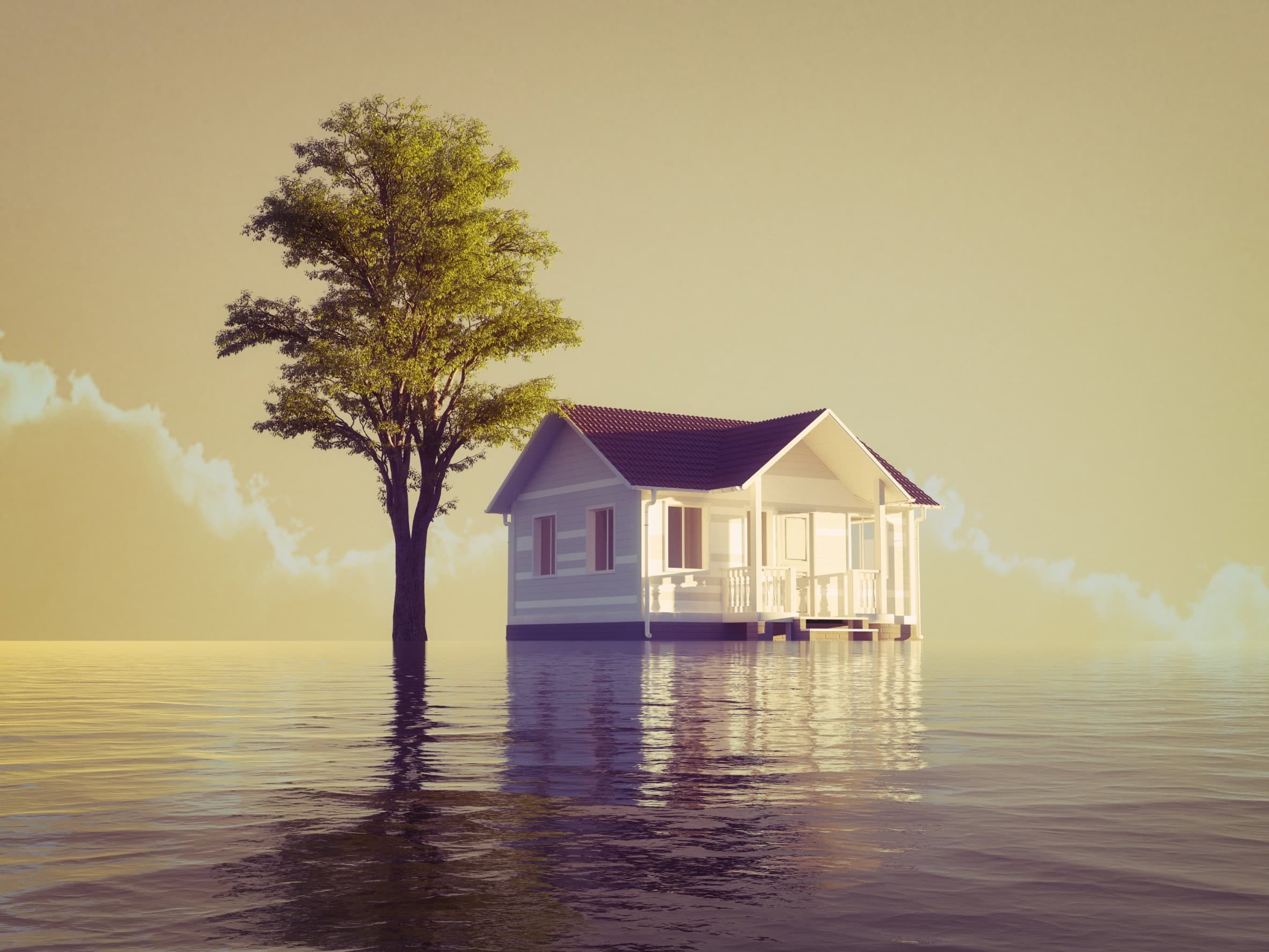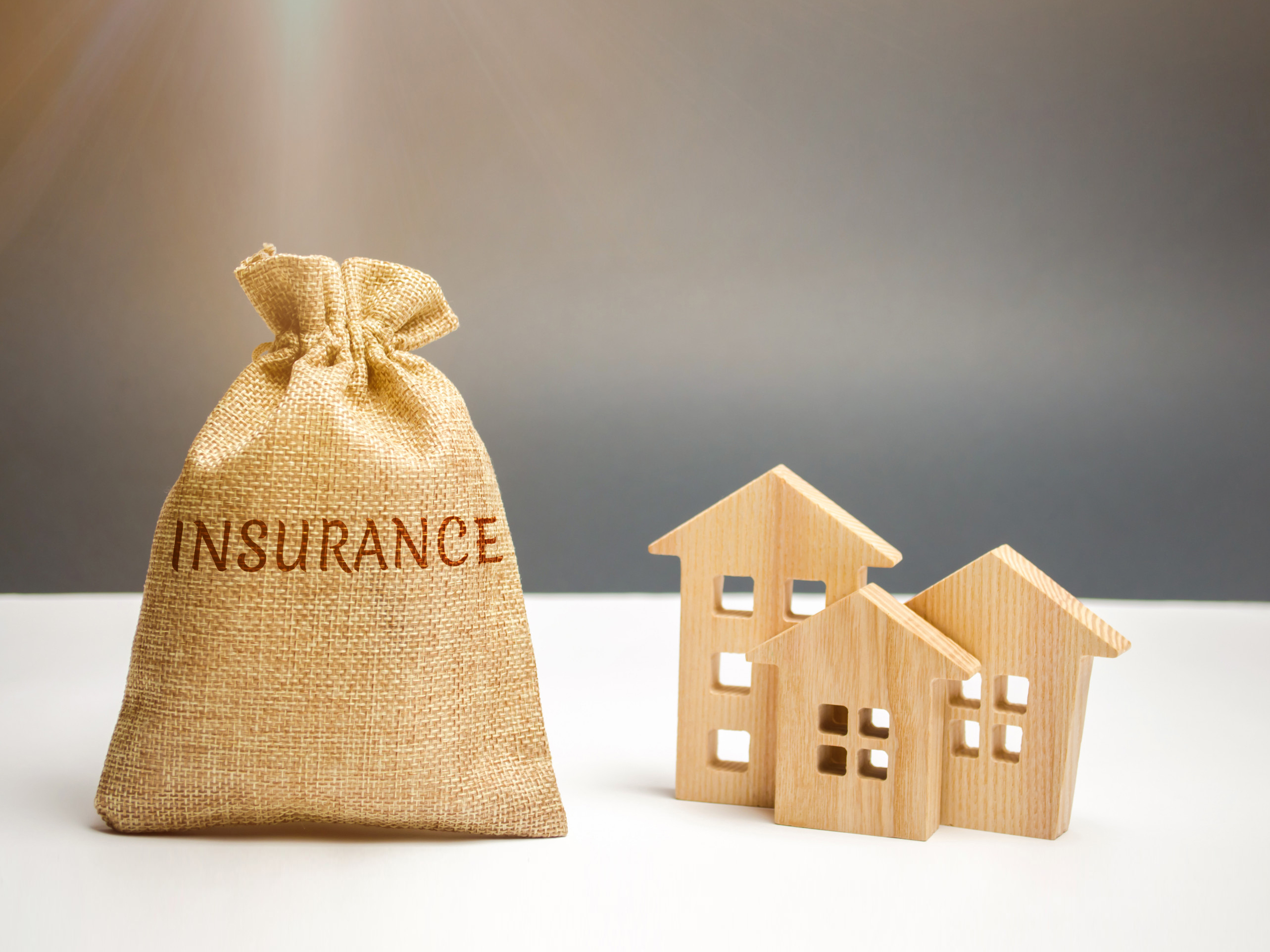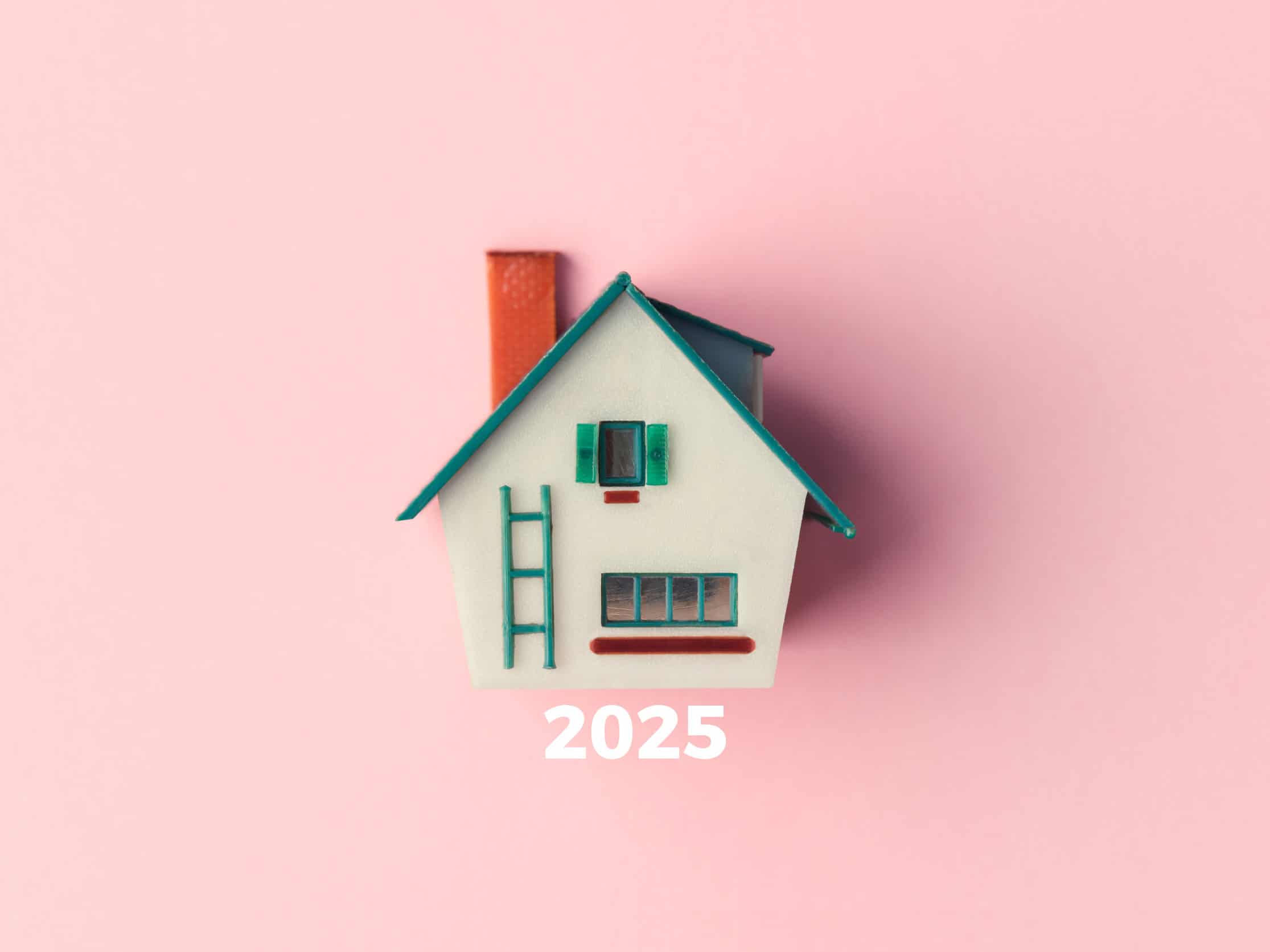Home and Renters Insurance
How Climate Change Affects Your Home Insurance Rates
If you’ve noticed your home insurance premiums creeping up recently, you’re not alone. Many homeowners are feeling the effects of rising insurance costs, and climate change is a major reason behind it. With extreme weather events becoming more frequent and severe, insurance companies are adjusting their rates to cover the increasing risks. In this article, we’ll explore how climate change affects your home insurance rates and what you can do to ensure you have the right coverage for your home.
1. Rising Insurance Costs Due to Extreme Weather
It’s no secret that climate change has led to more intense and unpredictable weather patterns. Hurricanes, wildfires, floods, and severe storms are occurring more frequently, and their impact on homes and properties is devastating. As these events increase in both number and intensity, insurance companies are taking notice and adjusting their rates accordingly.
The primary factor driving these rate hikes is the higher cost of repairs and rebuilding after a disaster. When a hurricane or wildfire causes widespread damage, insurers face huge payout demands to cover the repairs. This, in turn, leads to increased premiums for everyone as companies try to offset their losses. As climate change continues to fuel these events, how climate change affects your home insurance rates will become even more apparent.
In areas particularly prone to extreme weather—like coastal regions vulnerable to hurricanes or wildfire-prone states like California—homeowners may face particularly steep rate increases. Some might even struggle to find affordable coverage.
2. Flood Risk: The Growing Challenge
Flooding is one of the most common and destructive natural disasters, and climate change is making it worse. Rising sea levels, coupled with heavier rainfall, are contributing to increased flood risks for homeowners. Even areas that traditionally haven’t experienced flooding are now more vulnerable. This means that more homeowners than ever are being required to carry flood insurance, and for those already in flood-prone zones, premiums are rising.
Standard home insurance policies typically don’t cover flood damage, so if you live in a high-risk area, you’ll need to purchase separate flood insurance. As flood risks grow, so do the costs of this additional coverage. The Federal Emergency Management Agency (FEMA) has even updated its flood maps to reflect these changes, meaning more homes are now classified as at risk of flooding. If your home has recently been added to a flood zone, you’ve likely already seen how climate change affects your home insurance rates.
But it’s not just coastal areas that are at risk. In-land regions are also seeing more flash flooding due to severe rainstorms, which means that even if you’re far from the coast, you might still need flood insurance—and at a higher cost than before.
3. Wildfires and Their Impact on Insurance Premiums
Wildfires are another major concern that is increasingly tied to climate change. Hotter, drier conditions are making wildfires more frequent and more destructive, especially in the western United States. Homes in wildfire-prone areas, like California, Colorado, and Arizona, are facing significantly higher insurance rates, and in some extreme cases, homeowners may even be dropped by their insurers altogether.
The rising risk of wildfires has prompted insurance companies to take a hard look at properties in high-risk areas. Insurers are either raising premiums, increasing deductibles, or tightening coverage terms to minimize their financial exposure. If you live in an area with frequent wildfires, you’re likely seeing firsthand how climate change affects your home insurance rates.
The cost of rebuilding after a wildfire can be astronomical, which is why insurers are adjusting their rates accordingly. It’s important for homeowners in these regions to review their policies and ensure that they have adequate coverage, as the financial toll of being underinsured can be devastating.
4. The Role of Government Regulations and Programs
In response to the growing risks posed by climate change, some governments are stepping in to help homeowners. For example, FEMA’s National Flood Insurance Program (NFIP) is designed to provide flood insurance to those in high-risk areas. However, even these government-backed programs are facing financial strain as flood risks increase. This has led to reforms that could raise premiums for policyholders, making it even more expensive for homeowners to protect their properties.
Some states, particularly those in wildfire-prone areas, are creating insurance pools or state-run programs to ensure that homeowners can still access coverage when private insurers back out. While these programs can help keep insurance available, they often come with higher premiums or more limited coverage options. This highlights yet another way how climate change affects your home insurance rates—sometimes making it harder to find affordable, comprehensive coverage in the first place.
5. How to Protect Yourself from Rising Costs
Now that we’ve explored how climate change affects your home insurance rates, you’re probably wondering what you can do to mitigate these rising costs. While you can’t control the weather, you can take steps to protect your home and reduce your insurance premiums.
First, consider making your home more resilient to extreme weather. Installing storm shutters, reinforcing your roof, and using fire-resistant materials in high-risk areas can help lower your premiums. Some insurers even offer discounts for these protective measures.
Additionally, it’s crucial to shop around for insurance and compare rates. Different companies assess risk differently, so you may find better rates with one insurer versus another. Also, review your coverage limits and deductibles. Sometimes, raising your deductible can lead to lower premiums, but make sure you’re comfortable with the out-of-pocket costs in the event of a disaster.
Facing the Reality of Rising Rates
As the climate continues to change, homeowners will need to adapt. How climate change affects your home insurance rates is a complex issue tied to more frequent and severe weather events, rising repair costs, and increased risk. By understanding these factors and taking steps to protect your home, you can minimize the impact on your wallet and ensure that you’re adequately covered when disaster strikes.
Staying informed, being proactive about your home’s protection, and regularly reviewing your insurance policy will help you navigate the challenges posed by climate change while keeping your home and finances secure.











